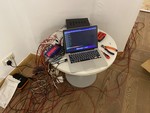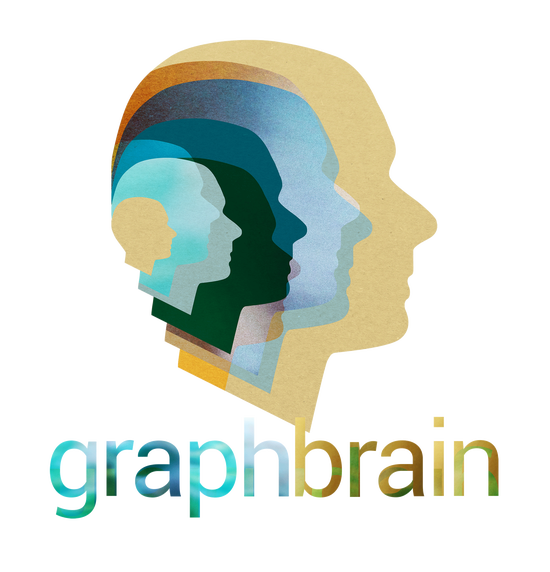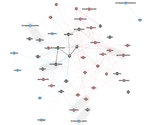Dr. Telmo Menezes
Researcher in Computational Social Science, Complex Systems, AI
Centre Marc Bloch Berlin
Biography
I am an academic researcher, currently a member of the Marc Bloch Centre in Berlin and of its Computational Social Science team . I have a PhD in Computer Science with a specialization in Artificial Intelligence / Complex Systems and a background of interdisciplinary research.
I also have industry experience, which includes working in machine learning at one of the major tech companies and developing software for NASA/JPL.
I see computer science as a real science, and computations as a fundamental aspect of nature, permeating it at many level, from particle physics to sociology. I am particularly interested in the study of social dynamics under this light, especially the new global social phenomena introduced by the Internet: how they create and changes the belief landscapes and cognitive spaces in which we operate.
I like abstractions but I also very much like pratical “hands-on” empirical science. I love creating tools that (hopefully) allow us to observe things under a new light.











